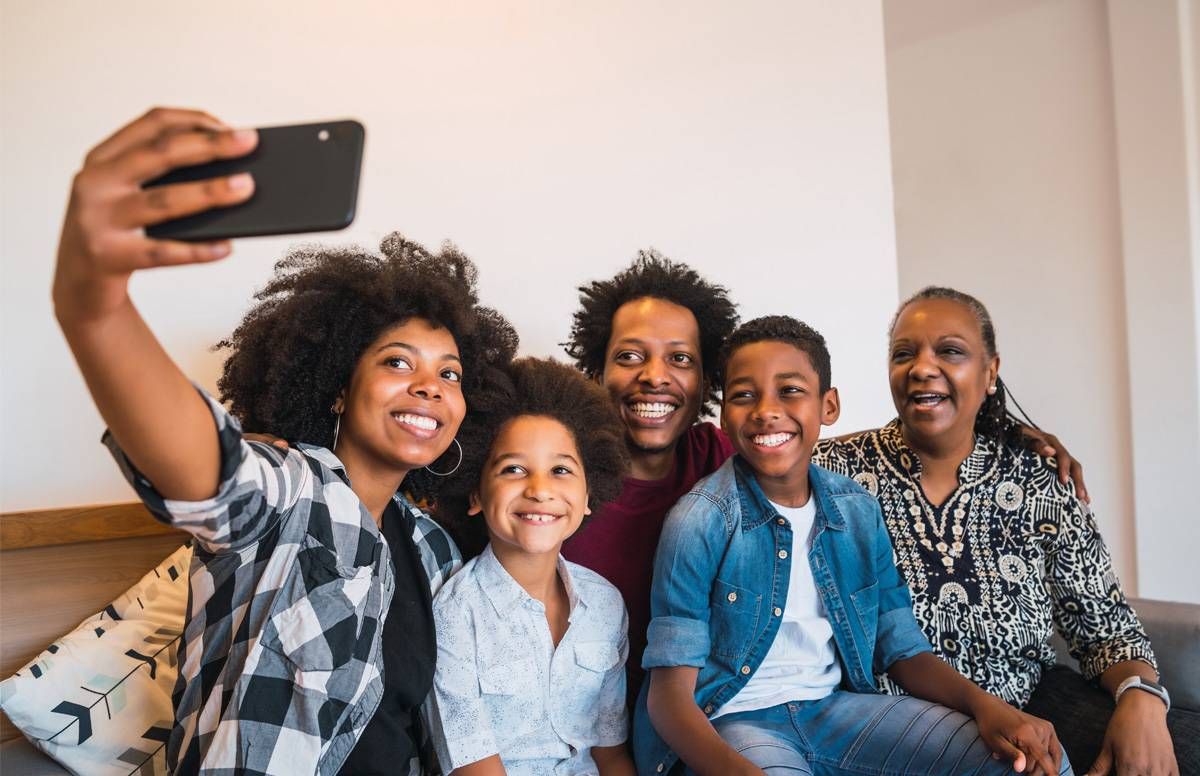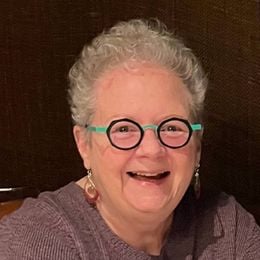How to Ease Daily Life in Multigenerational Households
Experts offer tips for sharing close quarters
Revisit the original plan. Reassess unused space. Recall successful coping strategies from past challenges. As we continue to shelter in place, those “Three Rs” may ease daily life, especially for extended families sharing small homes or apartments in these unsettling times.

Some 64 million Americans — about 20% of the U.S. population — live in multigenerational households, according to a report issued in 2018 by the Pew Research Center. That’s the highest number on record, and during this period of quarantine, many of those families are together around the clock.
“We always recommend that family members discuss the situation, talk openly about available resources and about who will use what space when,” says Donna Butts, the executive director of Generations United and a 2015 Next Avenue Influencer in Aging. “Then, if things still feel chaotic or out of control, we suggest coming up with a daily schedule. Structure is helpful in uncertain times.”
It’s never too late to make living together more harmonious or to improve on a current strategy. Some of Butts's suggestions include:
- Clarify cleanliness requirements for the kitchen and bathroom
- Rotate daily chores among all able family members
- Establish a family lunch “date” to break up the day
- Walk, stretch or dance together
- Make use of patios, porches or even garages to extend space
Butts also has ideas on how to spend leisure time together. “This is a time to pass on family recipes, make a family tree or play games. When washing hands, family members can teach each other songs from the different generations,” she says. “Or maybe a child studying a language or another subject in school will want to do the teaching. Young people have gifts to share, too.”
"A richness and a joy can be found in multigenerational households, because we learn how much stronger the family is when they are together."
Simply put, this is a time when families can make memories. “A richness and a joy can be found in multigenerational households, because we learn how much stronger the family is when they are together,” Butts says. Right now though, she acknowledges that many families are grappling with “the challenge of too much togetherness.”
This Vacation Turned Into a New Living Arrangement
That likely is what led Colleen Star Koch, 36, to watch movies one recent night, alone on the couch, in a small two-bedroom apartment she shares with her partner, their eight-month-old baby boy Luca and her in-laws in Plantation, Fla. The solo late night was a good one-time coping strategy for her. “I just wanted to watch what I wanted to watch, by myself, and drink some wine,” she says, laughing.
Koch lives in Seattle. She is a life and career coach, and her partner, Ariel Companioni, works in tech. Early this year, the couple planned a month-long, cross-country road trip to see friends and to introduce Companioni’s parents to their new grandson. They left Seattle on March 7. Day by day, as the shelter-in-place orders got more serious, they altered their itinerary and drove straight to south Florida.
“We’ve been here ever since,” Koch says. “Our situation is different from many scenarios — here, everyone likes each other."
During the day, Koch and Companioni use the two bedrooms as office space. His dad, who runs a mechanic shop for a mid-size factory, often shares child-care duty with his wife in the small living room. After dinner together, Koch says, “privacy” often translates as “people on their phones or computers all in the same space, without much interacting.”
Koch already has learned much from this experience, which has no set end time. “Let go of expectations around how your days are going to go. Instead, have expectations of how people in the house are going to be — kind and considerate. Just don’t think they will wake up when you want them to or sit for breakfast with you or want to watch the same TV programs you do. You have to let people do things differently.”
Her in-laws, who are in their early 60s, are thrilled with this chance to develop a relationship with the baby, Koch says. “Luca loves his grandparents. He falls asleep in his grandpa’s arms and he loves it when his grandma talks to him. I do think this has been a gift to both of them, but I think they are a little tired, too. That may be why Ari’s mom sometimes sits alone out on the tiny balcony, and then comes back to loving all of us."
‘There Is No Ground Zero in a Pandemic’
Monica Schoch-Spana, a medical anthropologist, would approve. “Even in dense urban areas, intergenerational families living together need to give each other literal, psychological and social space,” she says.
Schoch-Spana is a senior scholar with the Johns Hopkins Center for Health Security and a senior scientist in the Department of Environmental Health & Engineering at the Johns Hopkins University Bloomberg School of Public Health in Baltimore.
"An outbreak of an infectious disease is open-ended,” Schoch-Spana says. “It’s not like 9/11, a singular moment in time, though certainly that had long-term reverberations. But there is no Ground Zero in a pandemic, so it’s a very different experience. Ordinarily, points of reference and our normal patterns give comfort, but now all our environmental cues, the ones that tell us everything is in place and where it should be — all those are gone.”
Still, Schoch-Spana notes that adults have lived through past periods of uncertainty, “tumultuous times of profound social changes,” and they should consider sharing their stories now. “Older adults can talk with other family members about how society got through those periods, and these stories of resilience from the past can put what we’re experiencing in historical perspective.”
"With both their parents working at home, the grandkids are with us more often to give their parents a break."
These conversations are best when built into the flow of the day. “You can’t force these talks, but you can use mundane moments as opportunities, maybe at dinner times or while cleaning up the kitchen,” Schoch-Spana says. “Or maybe read a headline aloud to start talking about how today’s leaders differ from leaders in the past. For people who are spiritual, the conversations may take the form of expressing a religious point of view.”
Grandparents Can Help Ease the Burden Adult Children Carry
Schoch-Spana notes that in households with three generations, the middle generation may be under the most stress as they work from home, help children with online learning, perhaps do the bulk of the grocery shopping and still try to make time for self-care. “Adults in the prime of life may be under intense pressure, not just from the pandemic, but also from taking care of their children and elderly relatives,” she says.
That’s where grandparents can be a great help.
Ann and Chuck Nessa share a home with their daughter, son-in-law and two young grandchildren in Buffalo, N.Y. The Nessas, both retired, are spending more time than ever with the grandchildren, ages 7 and 8.
“We live on the first floor, with the rest of the family upstairs,” says Chuck, 75. “With both their parents working at home, the grandkids are with us more often, to give their parents a break. I don’t know what our daughter and son-in-law would do without us here in the house. We’re their relief valve.”
Penny and Alan McIlroy provide relief by cooking dinner every night for their daughter, son-in-law and three grandchildren in a house they share in Arnold, Mo., just outside St. Louis. “We eat together in our space, a converted basement on the lower level of their home,” says Penny, 71. “They pay for the groceries and bring their own plates, so we don’t have to do the dishes.”
When the McIlroys decided to downsize and moved in with their grown kids in 2012, it wasn’t to help with the grandkids, who now include a college freshman, a high school senior and a fifth grader. Neither did the couple need taking care of themselves. “Most often, we all lead fairly separate lives, but these are different times,” says Alan, 72. “Having more contact with all of them right now is fun.”
Fun is a concept we must not overlook, says Butts. ““Maybe everybody in the house can find a funny story or a joke to share with the family each day,” she says. “We all are dealing with so much that is tough right now, but we’ve got to be able to laugh.”


